Nagasaki Dialog / Biwa Ryoho (Loquat Therapy), 2000 – 2010
[sait] site/sight -excerpt-
Rei Masuda, Curator of Photography
The National Museum of Modern Art, Tokyo
By means of the act of taking photographs, Hiroyo Kaneko has been trying to open each one of the secrets folded in each site. One such work is a series entitled Along Leaves, which focuses on the plants in a residential district of Tokyo. Some plants function as the border between one residence and another and others emerge as a domain of nature in a gap amidst the city. There is a surprising diversity to the functions of a plant. This attempt led to another series entitled Bushes and Palace, in which the imperial Palace in the centre of Tokyo was captured as a gigantic bush. Kaneko elaborately photographed the entourage of the palace with a 4 by 5 inch camera. Again through this series, viewpoints towards a variety of political and historical directions were opened in this gigantic “bush”.
The pictures of Nagasaki nave been taken assiduously over the past few years in the same manner as the dialogues with various sites in Tokyo. Prior to the works presented in this exhibition, Kaneko presented a series entitled Nagasaki Dialogue, Biwa Treatment. This included snapshots of various locations in Nagasaki Prefecture such as Unzen-Fugendake, Isahaya Bay, Sasebo, and the city of Nagasaki. Combined with these was a single shot taken by the moat around the Imperial palace in Tokyo. Although the views of Nagasaki taken with a 4 by 5 camera looked peaceful on the surface, there was a certain implication of the rippling influence of the significant incidents that took place in each location. The single shot taken by the imperial Place (which was the only on taken by night) played a role of its own providing a different perspective of the view of Nagasaki.
In the series included in the current exhibition, nagasaki dialog, Kaneko’s interest concentrates on the city of Nagasaki. In this case, the photographer proceeds by literally dialoguing with the people who suffered from the atomic bomb and with to pass on that memory. Through this dialogue, Kaneko was also able to induce new aspects of her earlier photographs of Nagasaki. By conversing with the site, the photographer becomes able to form a memory of that site. The encounter with memories of the people living in that site then leads to a new memory. A photograph may not be equal to anyone of those memories, but it can emerge as a new site reminding us of the overlapping memories.

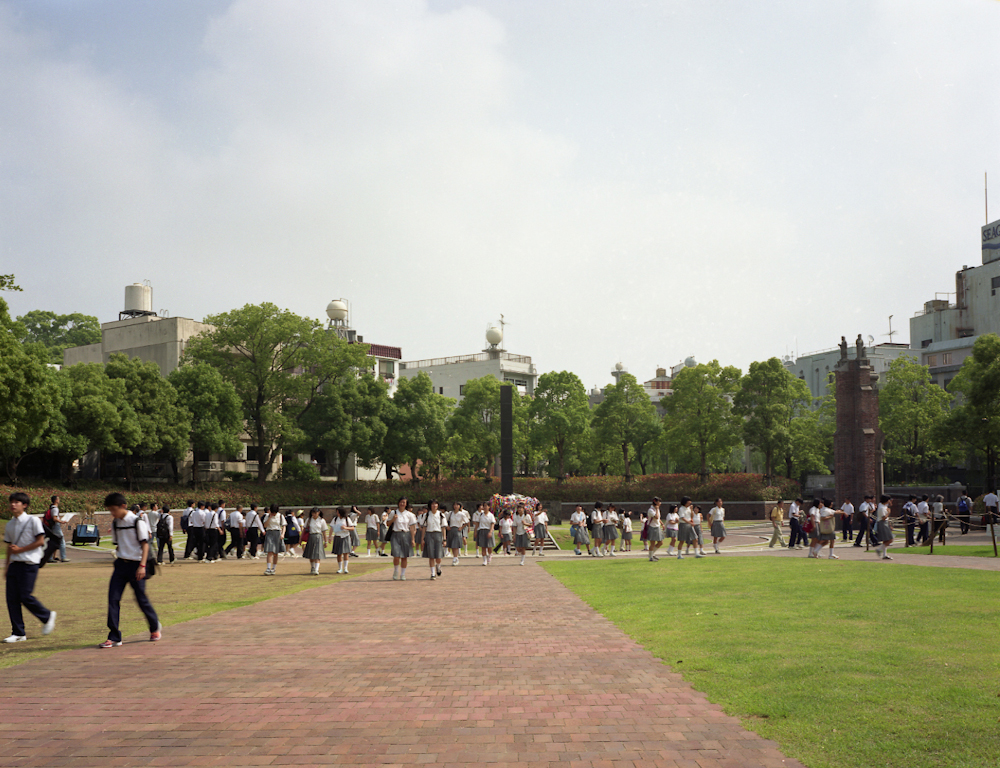 Ground Zero, Nagasaki, 2001
Ground Zero, Nagasaki, 2001 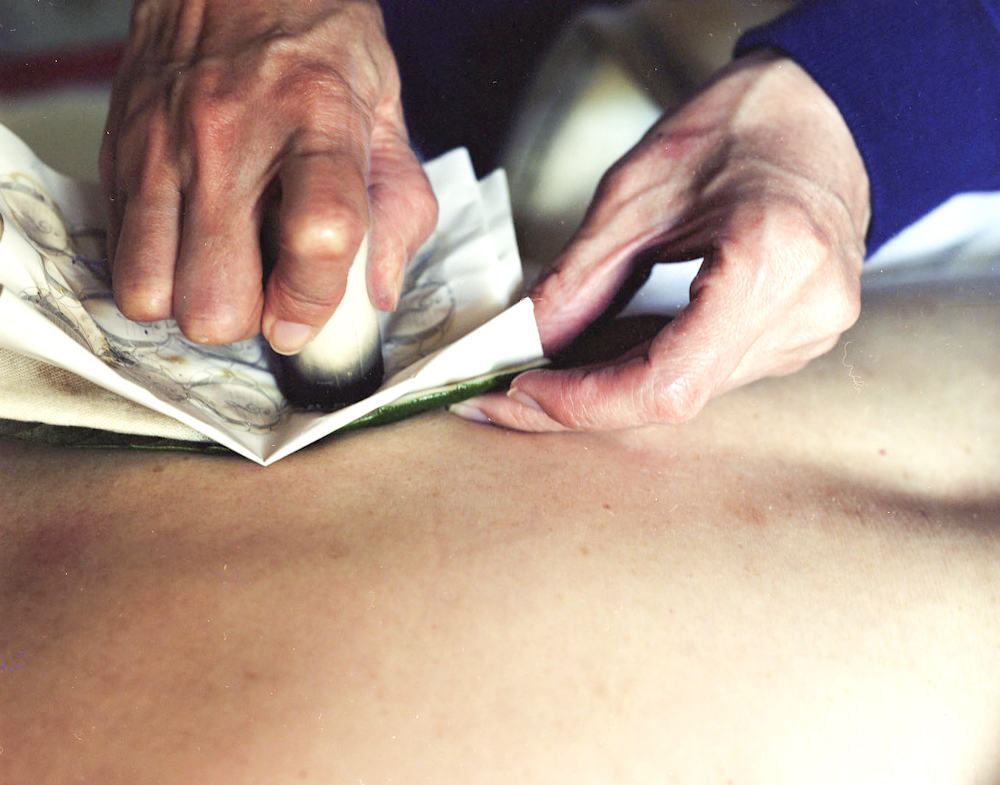 Loquat leaf therapy-2, 2010
Loquat leaf therapy-2, 2010 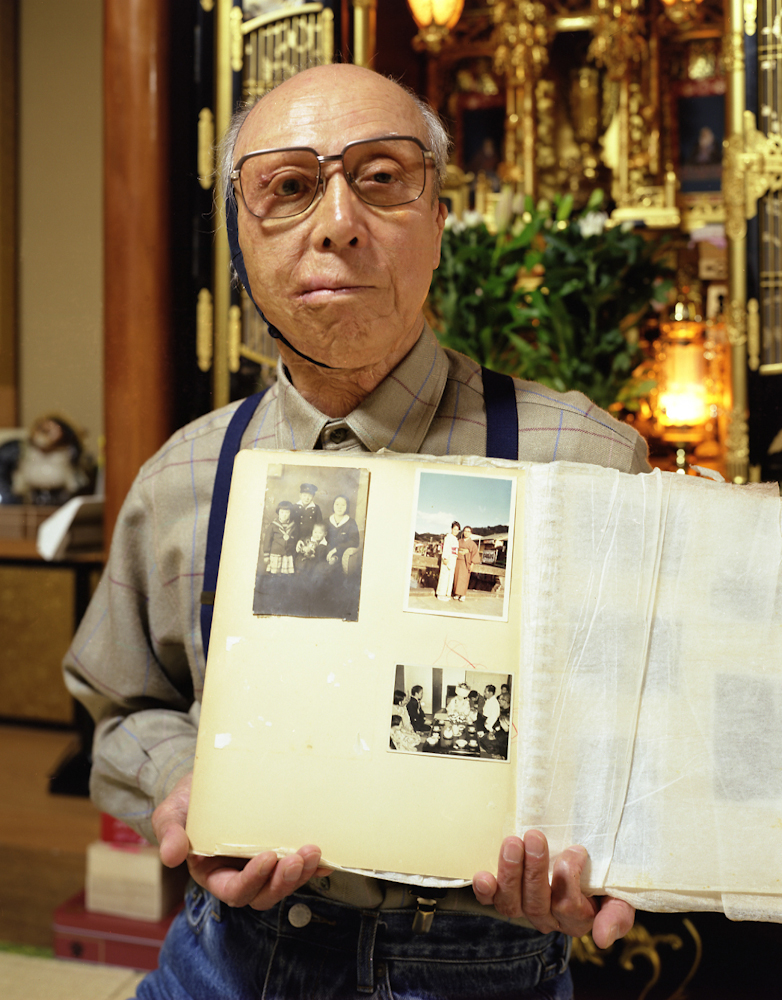 Katsuji Yoshida, survivor who speaks, 2002
Katsuji Yoshida, survivor who speaks, 2002 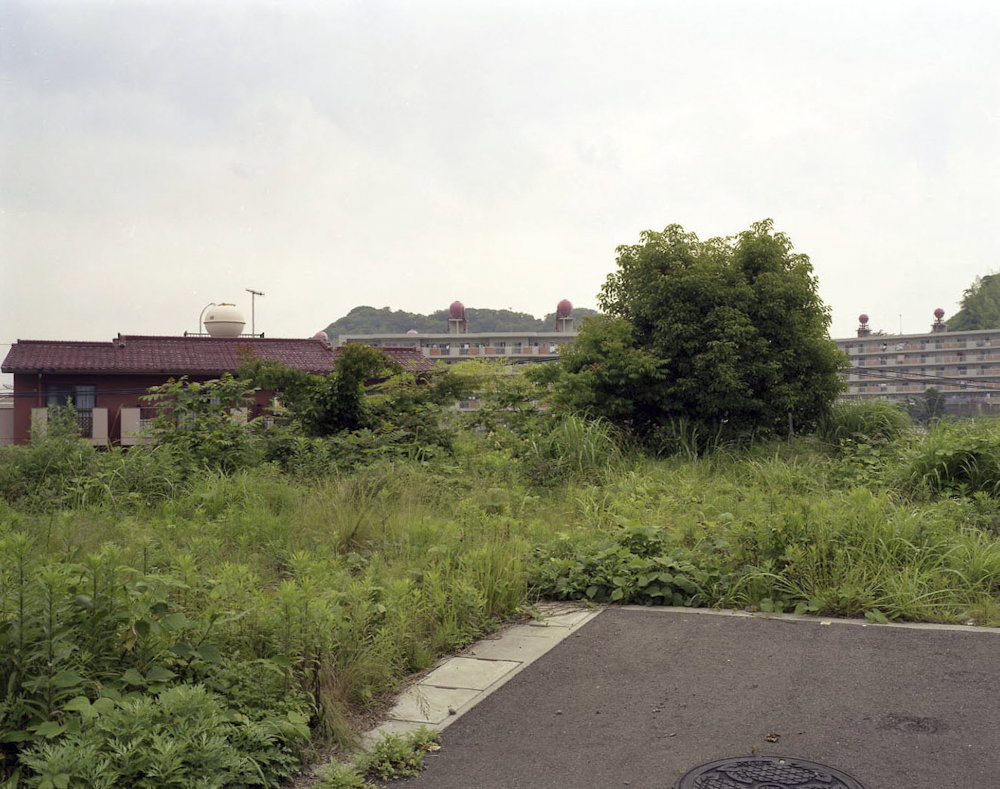 Kawahira-machi, a suburb of Nagasaki city, 2002
Kawahira-machi, a suburb of Nagasaki city, 2002 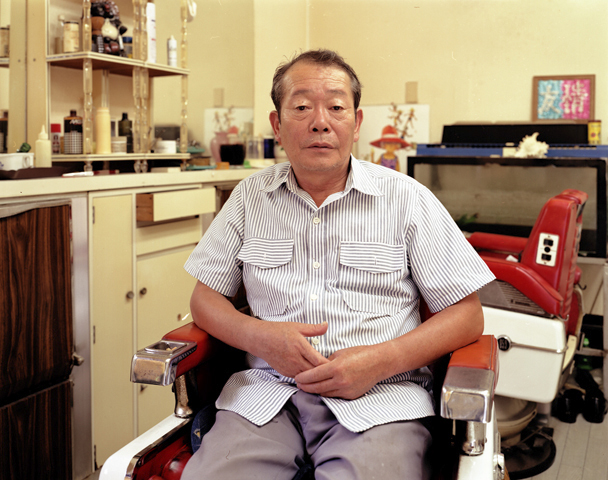 Hidetaka Komine, survivor and barbar, 2002
Hidetaka Komine, survivor and barbar, 2002 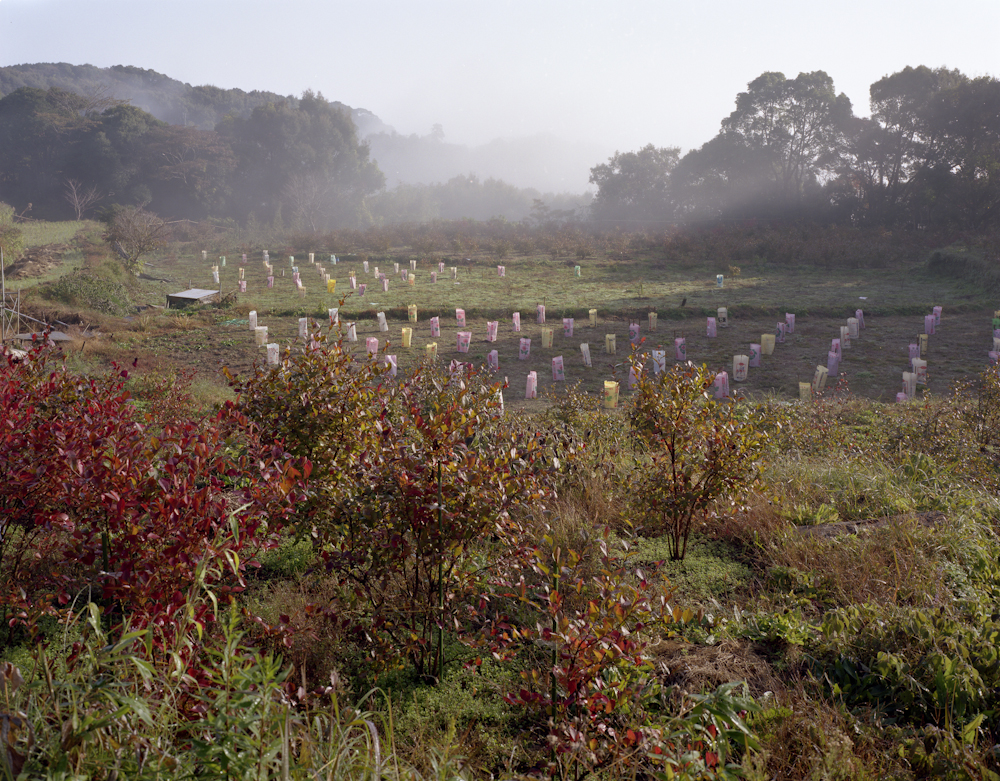 Sakurano-sato, a suburb of Nagasaki city, 2008
Sakurano-sato, a suburb of Nagasaki city, 2008 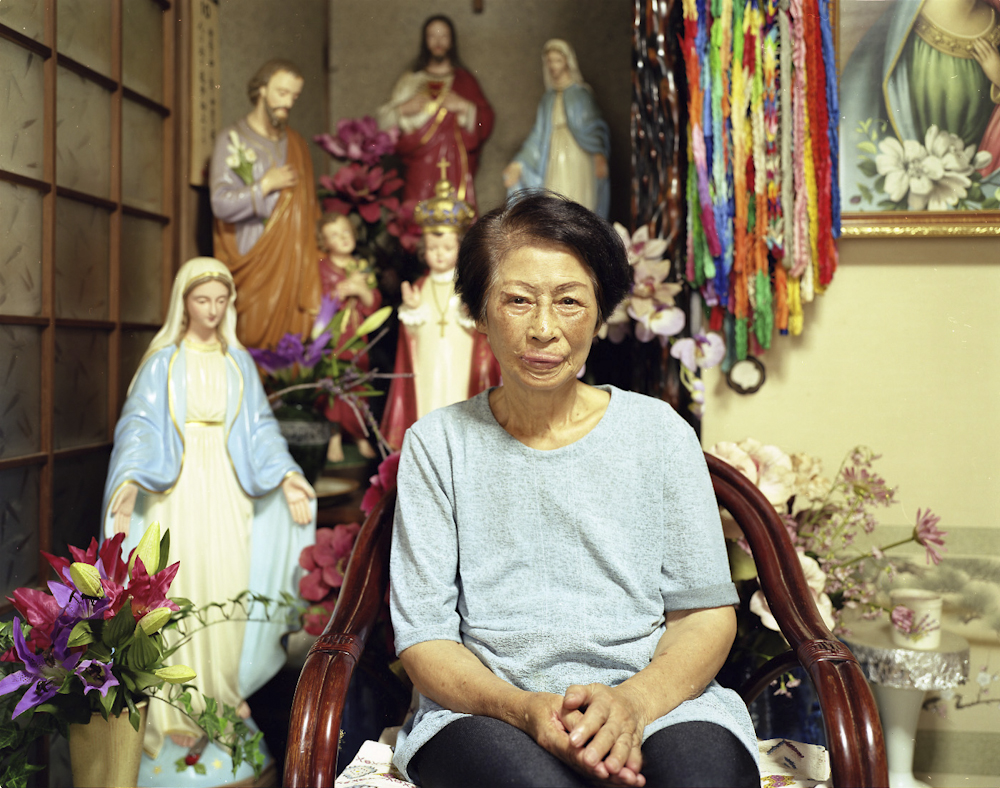 Tsuyo Kataoka, survivor and christian, 2002
Tsuyo Kataoka, survivor and christian, 2002 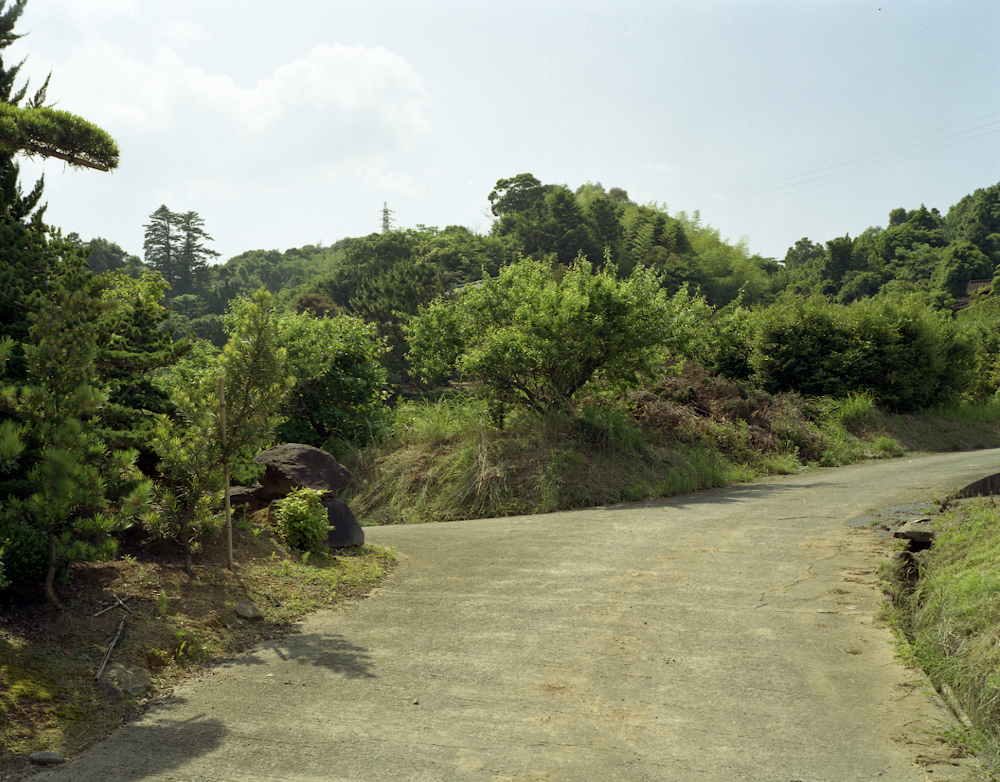 Utsutsugawa-machi, a suburb of Nagasaki city, 2002
Utsutsugawa-machi, a suburb of Nagasaki city, 2002 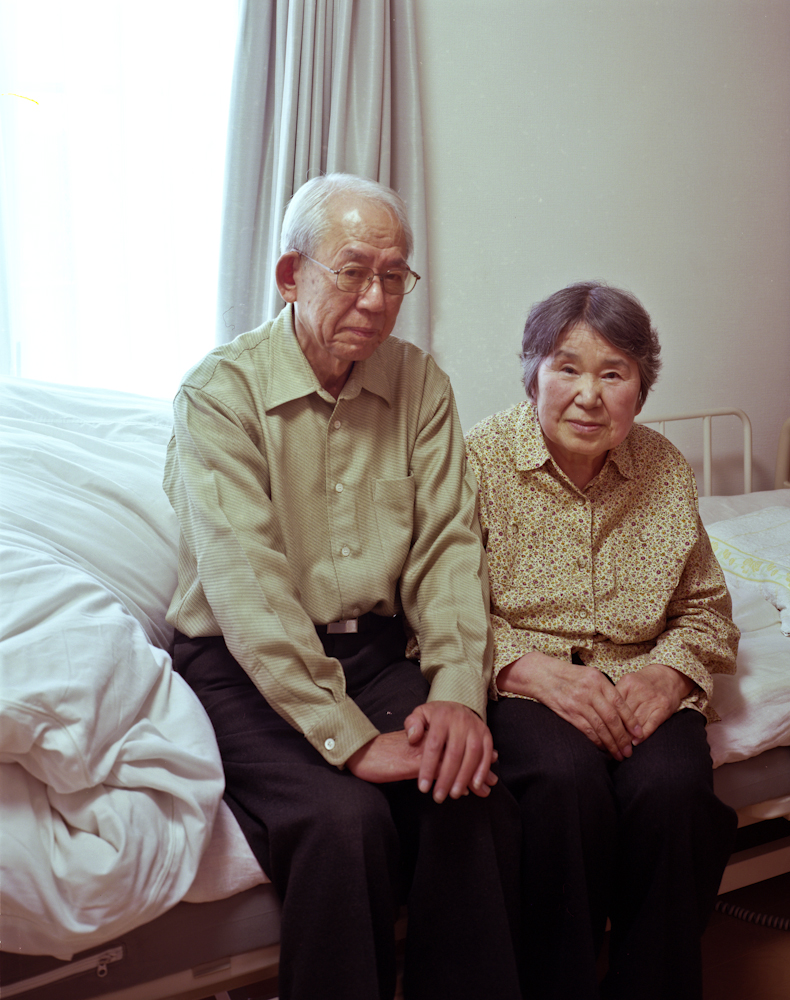 Yoshiro Yamawaki, survivor and writer, with his wife, 2008
Yoshiro Yamawaki, survivor and writer, with his wife, 2008 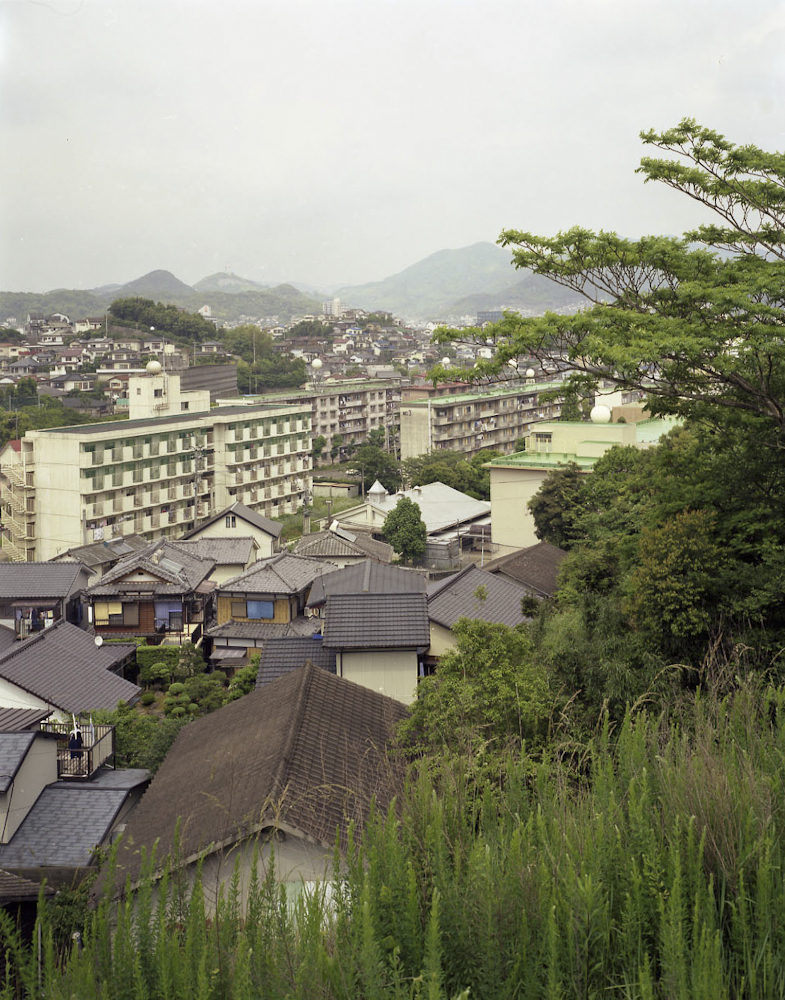 Shiratori-machi, a suburb of Nagasaki city, 2002
Shiratori-machi, a suburb of Nagasaki city, 2002 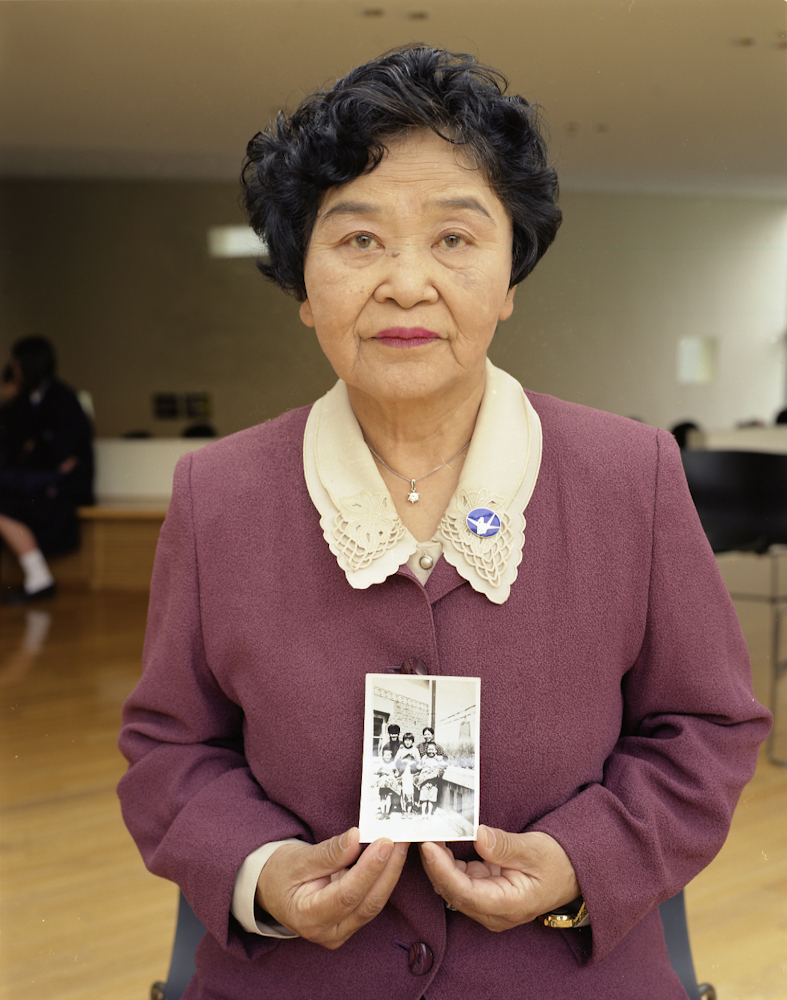 Sakue Shimohira, survivor and activist, 2002
Sakue Shimohira, survivor and activist, 2002 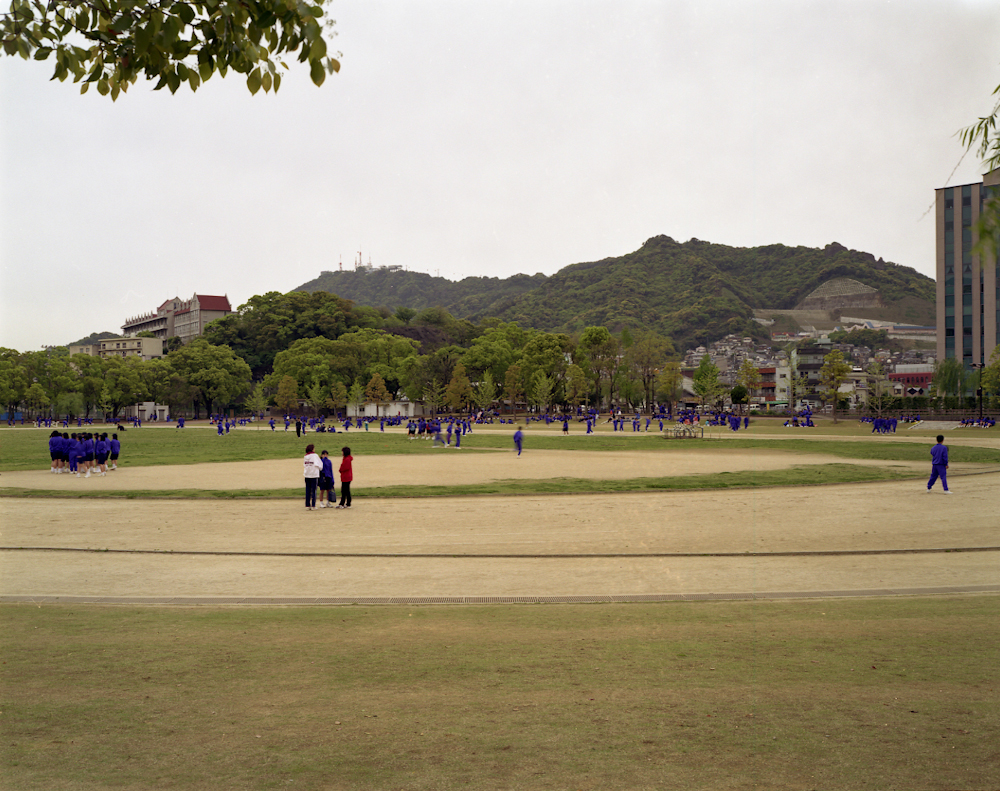 Soccer field across the Ground Zero, 2001
Soccer field across the Ground Zero, 2001 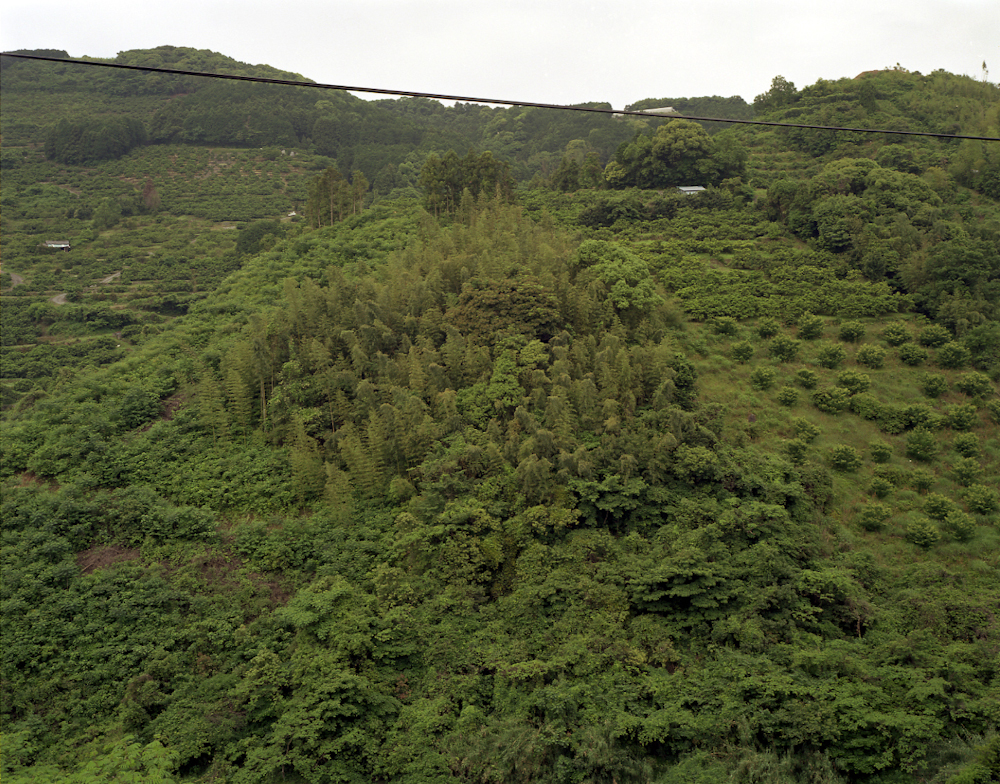 Nagayo-machi, a suburb of Nagasaki city, 2002
Nagayo-machi, a suburb of Nagasaki city, 2002 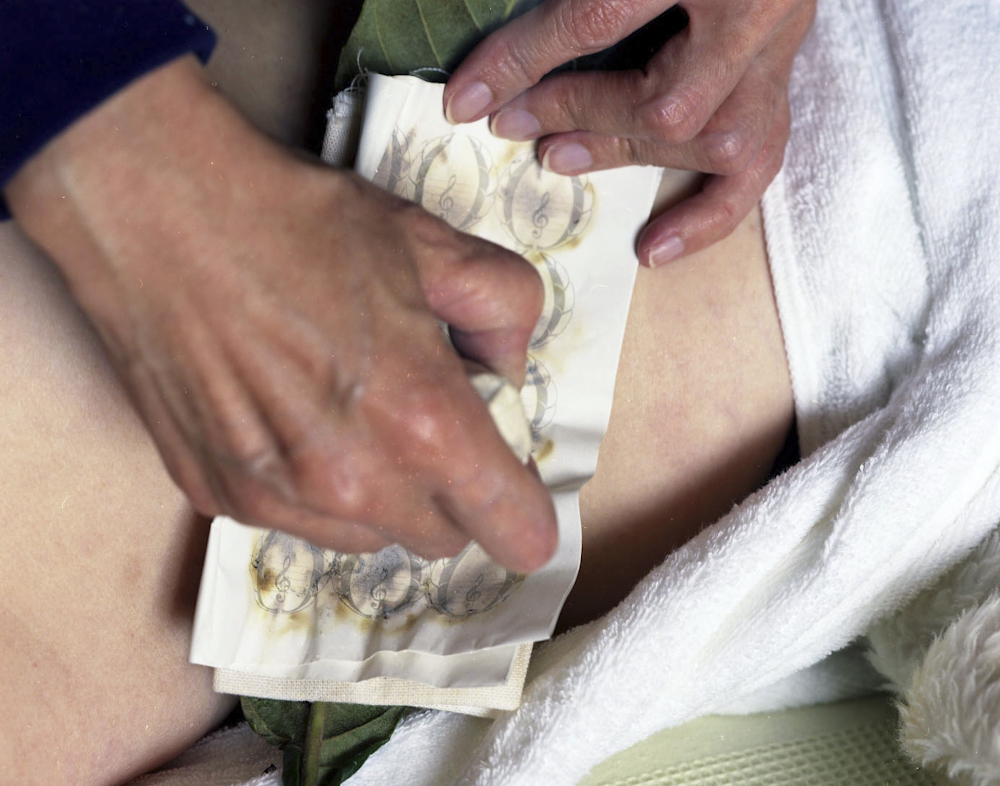 Loquat leaf therapy-3, 2010
Loquat leaf therapy-3, 2010 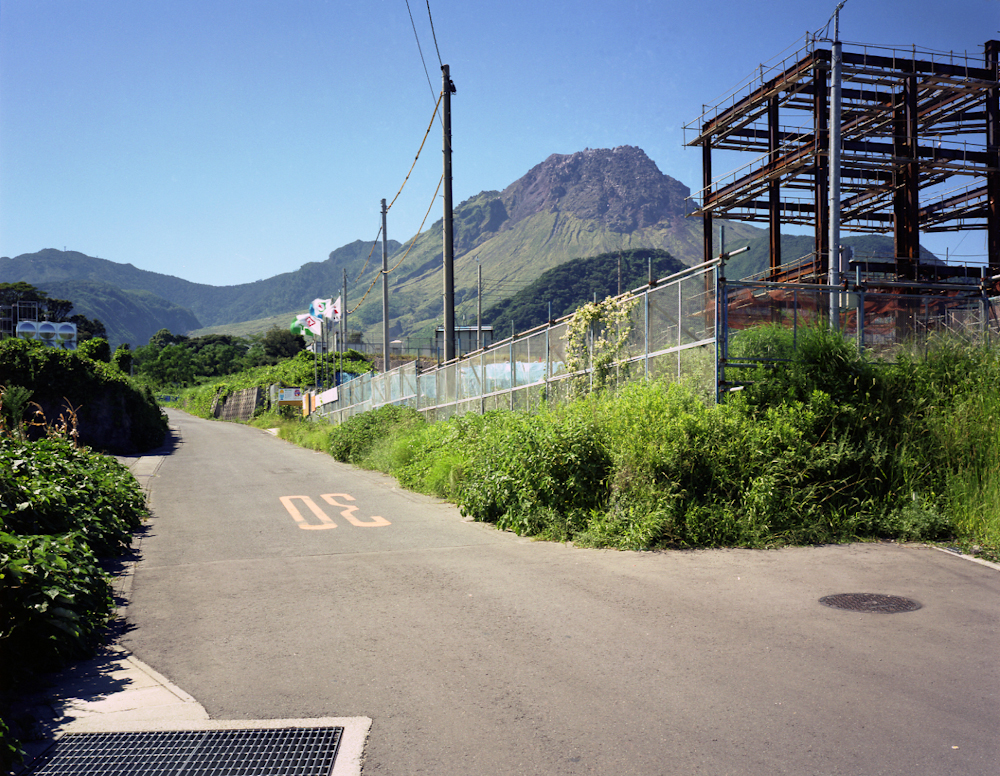 New Peak on the top of Mt. Unzen created by the eruption in 1990s, Unzen, 2001
New Peak on the top of Mt. Unzen created by the eruption in 1990s, Unzen, 2001 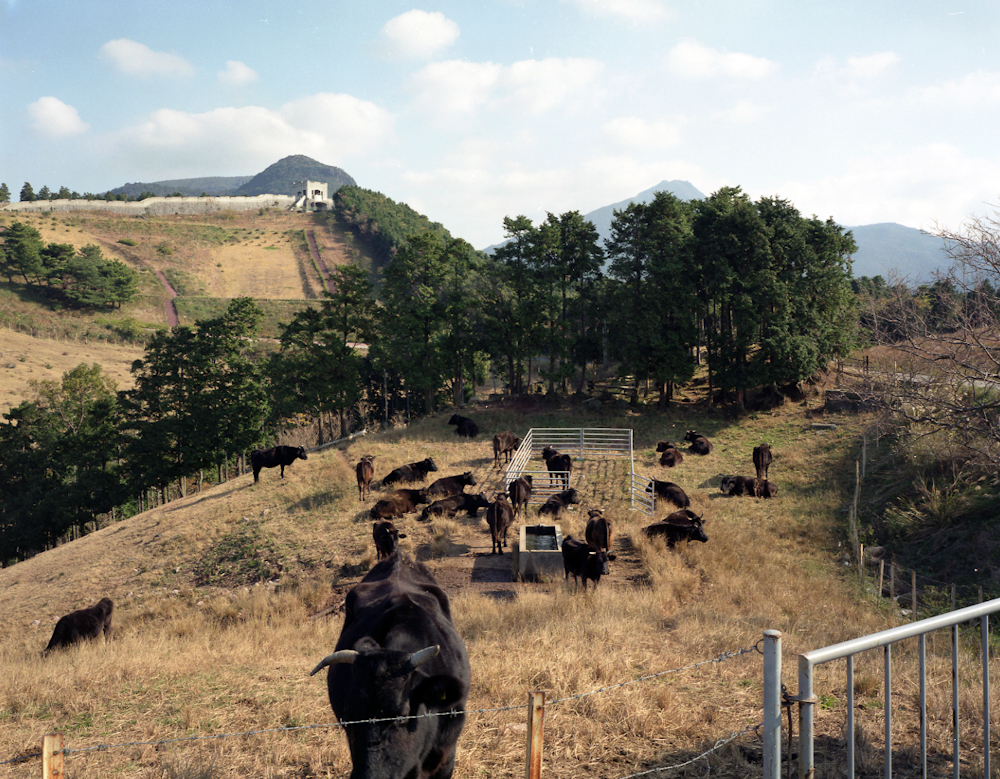 A Cow Ranch behind Mt. Unzen, Unzen, 2001
A Cow Ranch behind Mt. Unzen, Unzen, 2001 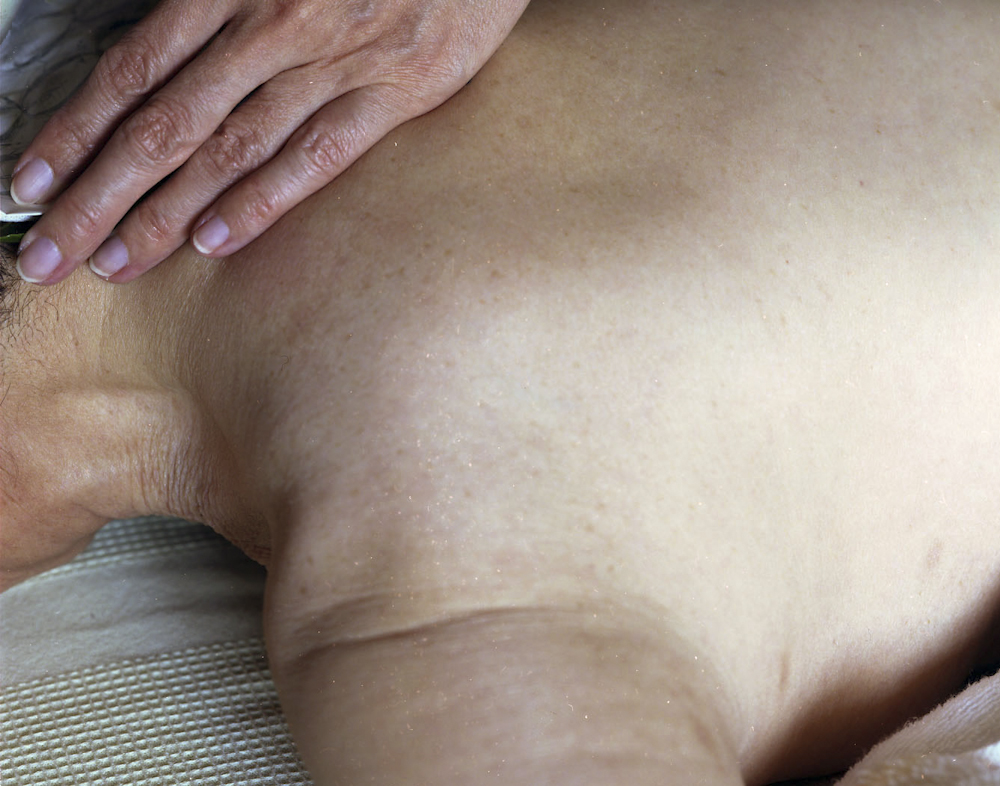 Loquat leaf therapy-1, 2010
Loquat leaf therapy-1, 2010 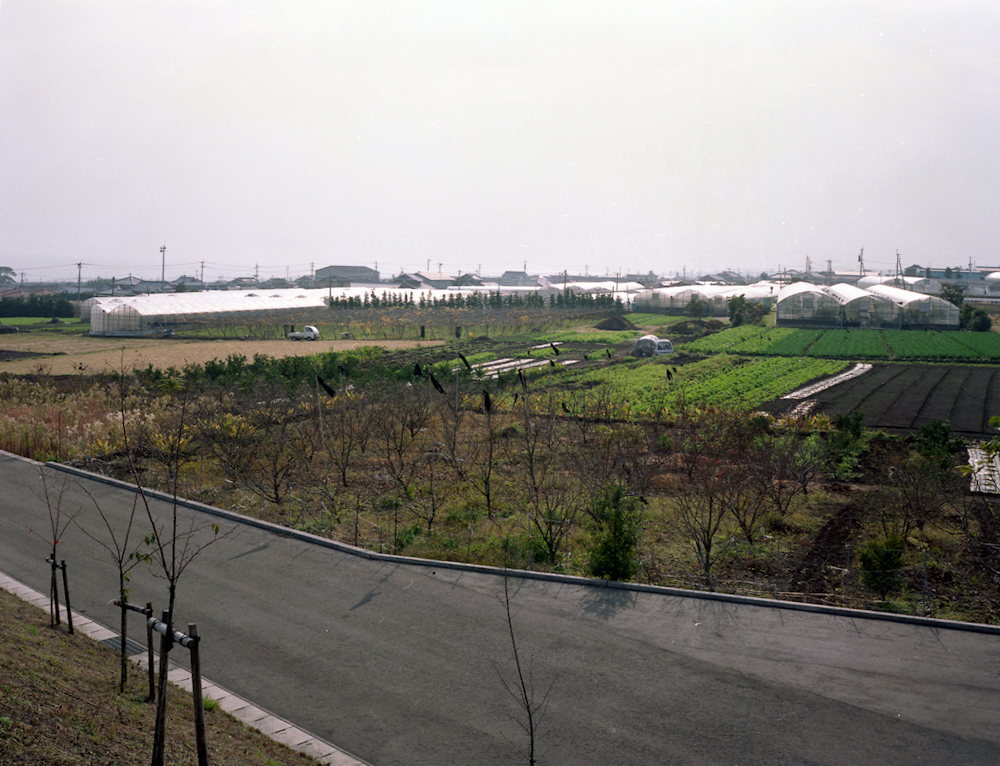 Farmland reclamed after the eruption, Unzen, 2001
Farmland reclamed after the eruption, Unzen, 2001 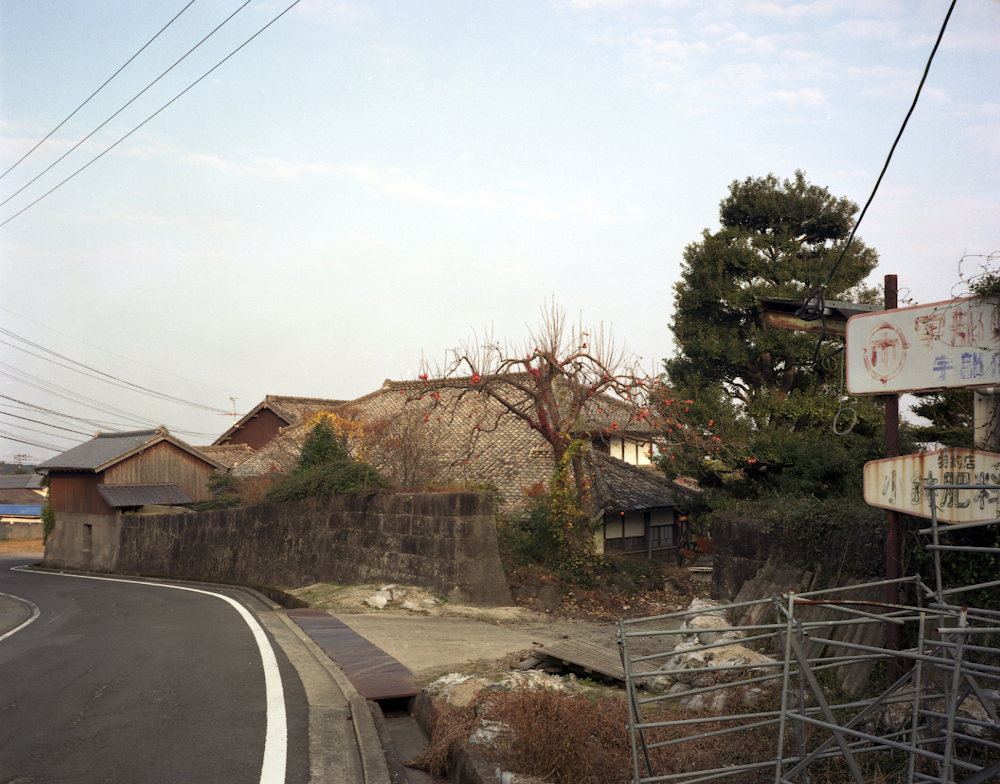 An old house and a persimmon tree survived from the eruption, Unzen, 2001
An old house and a persimmon tree survived from the eruption, Unzen, 2001 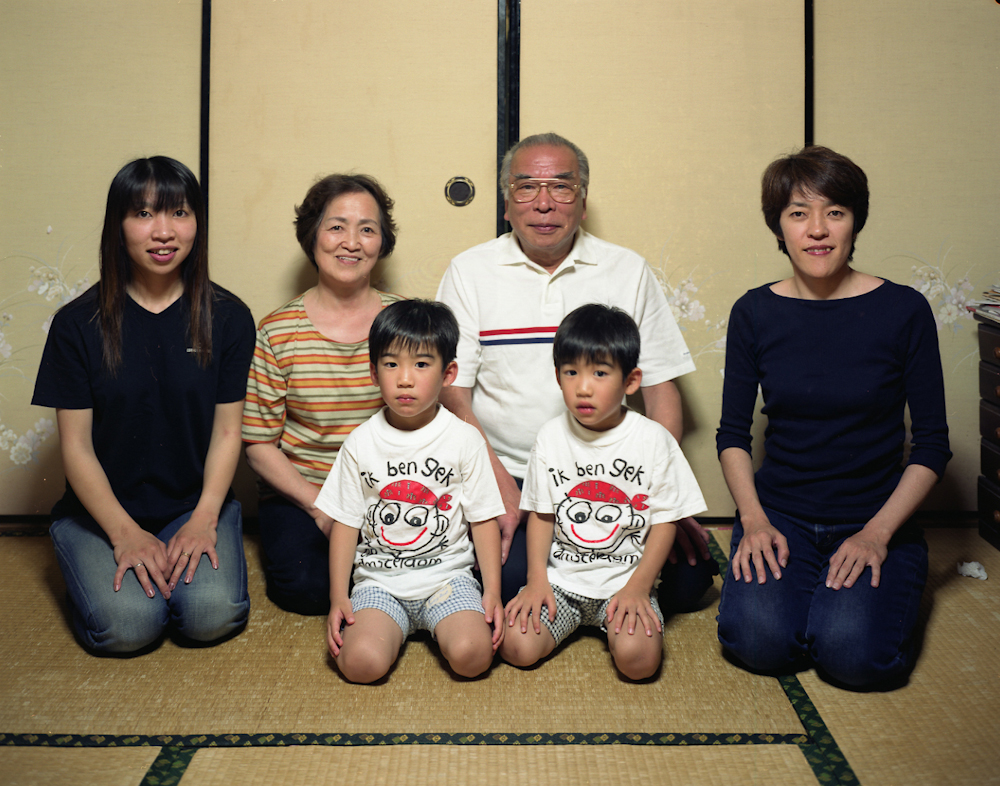 Tajima Family, 2001
Tajima Family, 2001 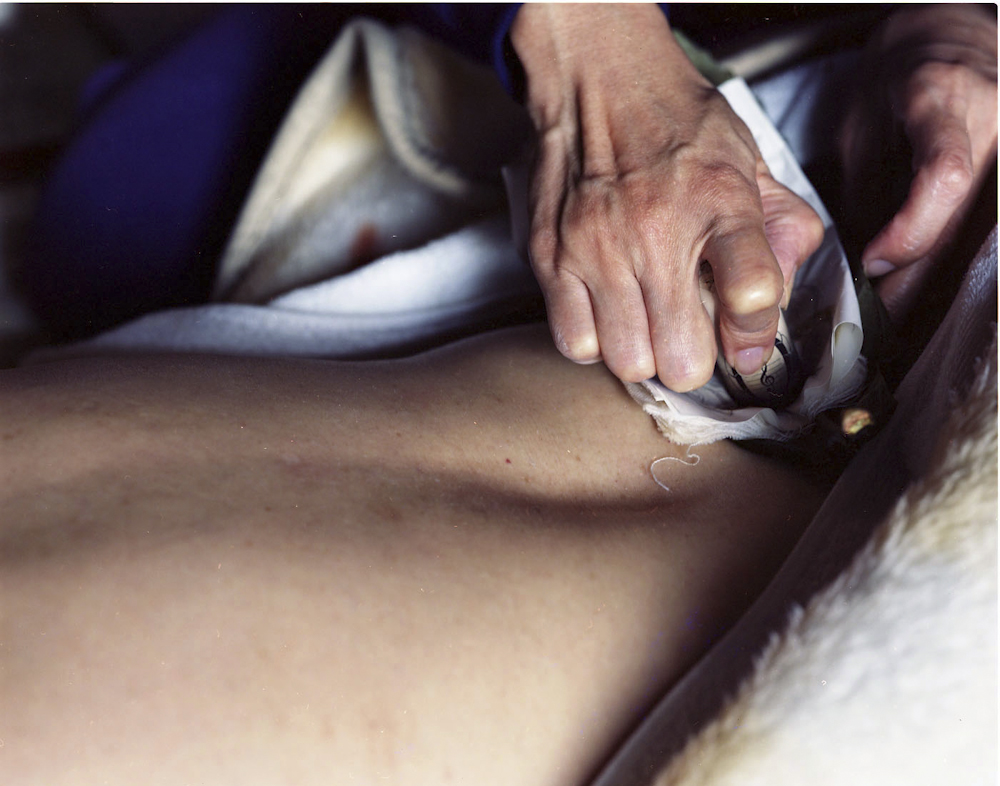 Loquat leaf therapy-4, 2010
Loquat leaf therapy-4, 2010 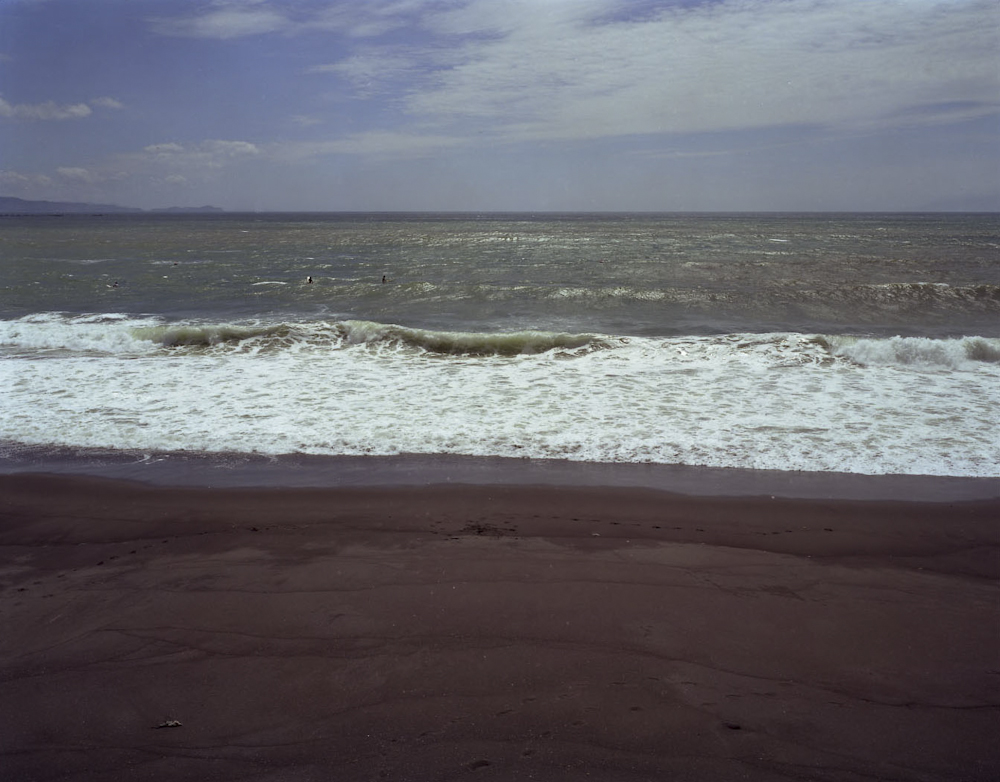 Chijiwa beach, Unzen, 2002
Chijiwa beach, Unzen, 2002 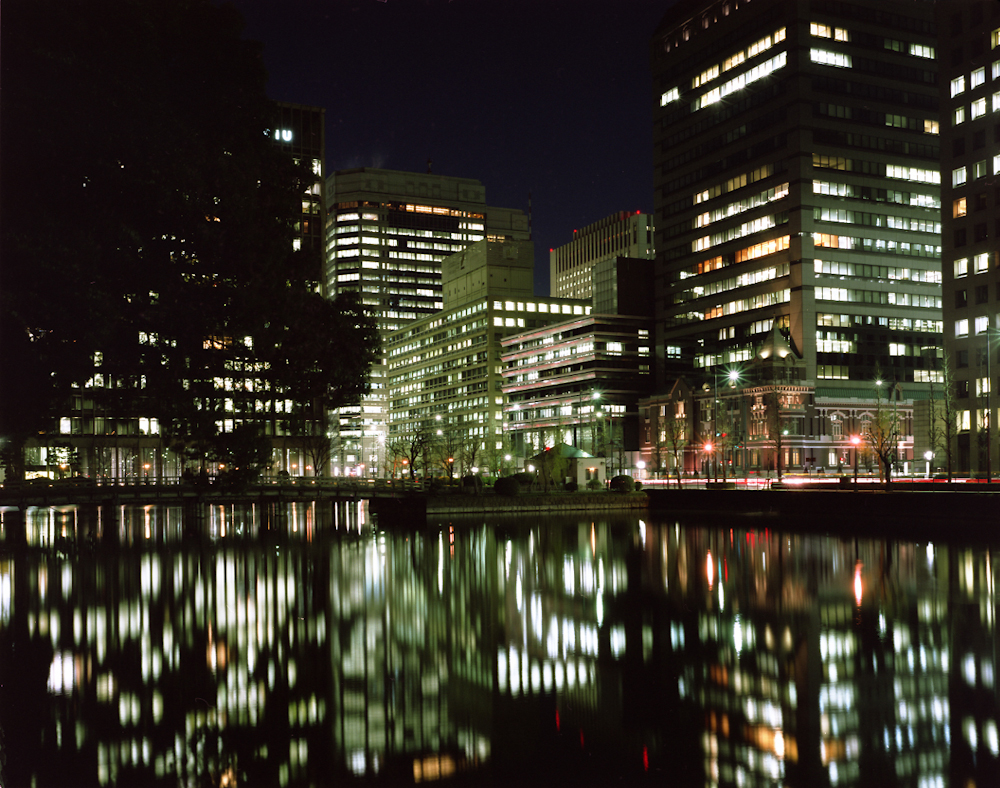 The night view by the Imperial Palace, Tokyo, 2002
The night view by the Imperial Palace, Tokyo, 2002